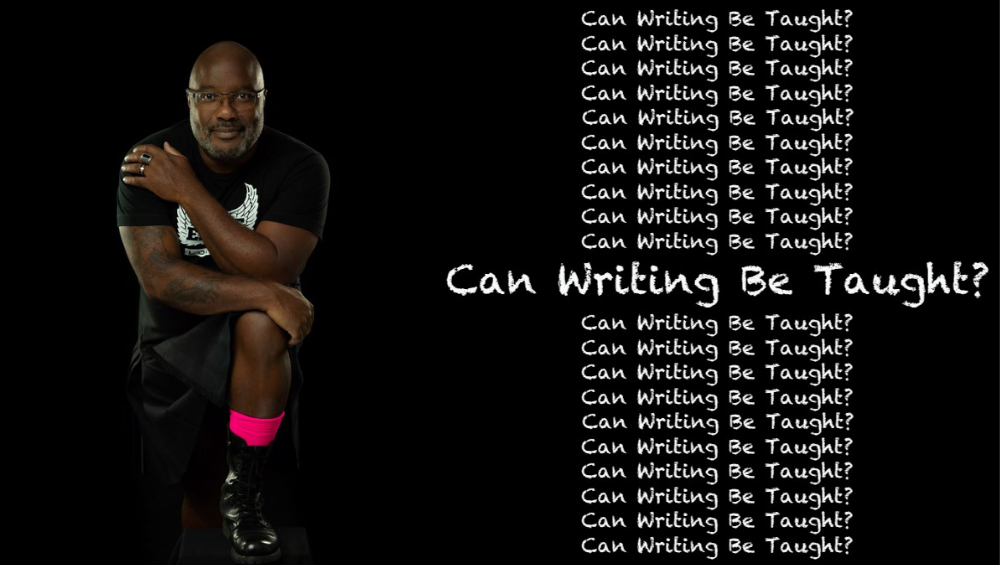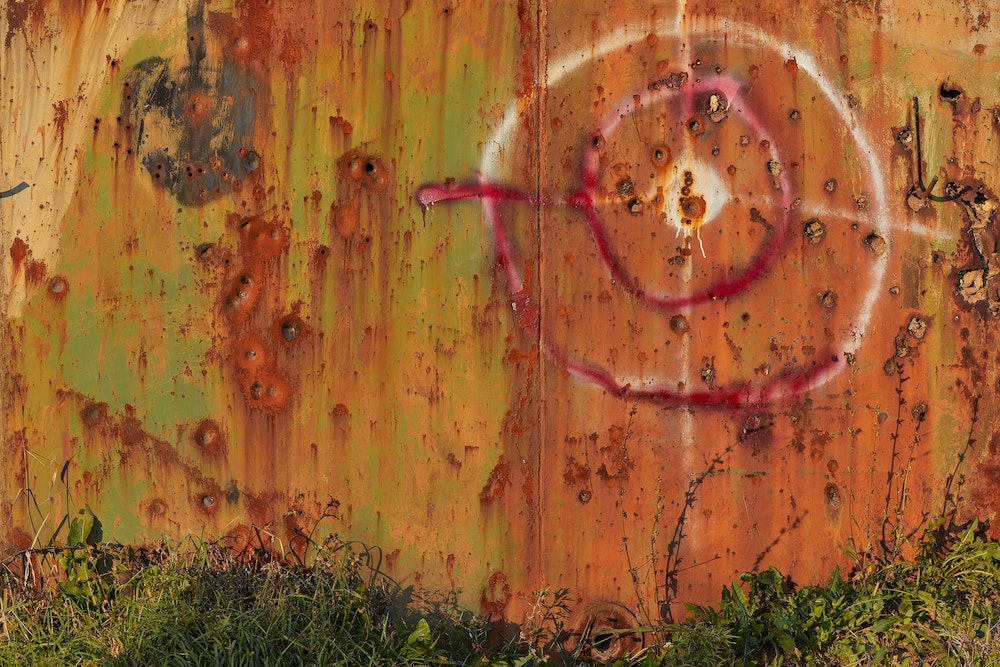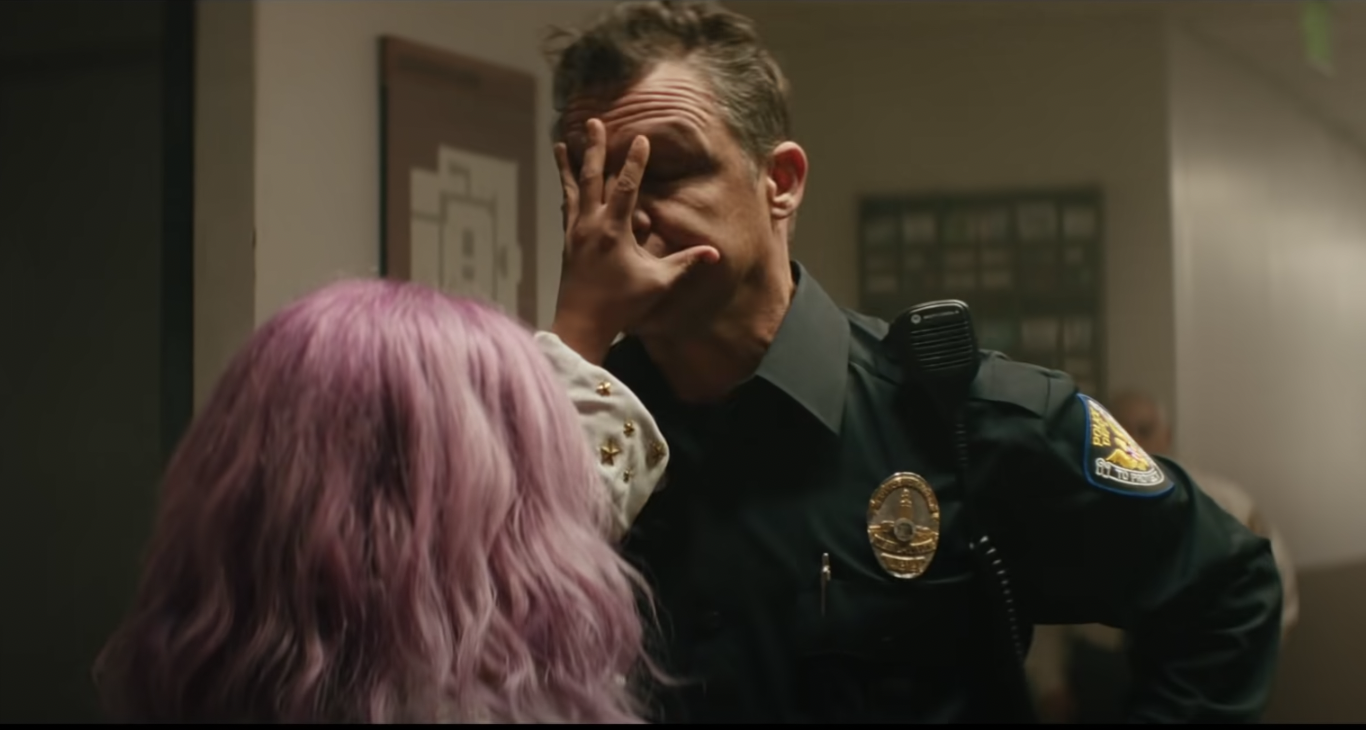essays
I Was Surrounded by “Final Girls” in School, Knowing I’d Never Be One
The erasure of Black women in slasher films has larger implications about race in America

I watched Scream for the first time when I was not quite 10 years old. I can date it so precisely because my parents and I were living in a townhouse that we rented for six months after moving from St. Louis, Missouri, to Huntsville, Alabama, where my father worked as a systems analyst for the US Department of Defense.
We’d watched the now-classic film on VHS, which means we almost certainly rented it from “Hollywood Video and Tan,” the closest video store. The place had everything you’d expect from a generic late 90s video store, with row upon row of blockbusters in the main part of the store, a side room for “adult” films, and two additional rooms for tanning bed clients. Our move from St. Louis to Huntsville had yanked me from an entirely Black community, thrusting me into a new, unfamiliar world of whiteness. The abundance of tanning beds was one example of this; slasher films proved to be the next.
My parents had never shied away from showing me horror movies, especially not my mom, who enjoys action and gore more than my father. The most censorship I received was my mother’s hand covering my eyes during a sex scene. I’d seen Candyman and The Shining by the time I was 8. But Scream was different—there was no supernatural boogeyman battling you for your soul. The killer was just a regular person, someone the protagonist had known intimately, suddenly willing to end her life. The three of us settled in our small living room, my mom and I on the couch and my dad on the floor. We passed a bowl of popcorn between us as the movie began with Drew Barrymore alone in a kitchen.
Scream not only showed me a new kind of horror movie, it also showed me a glimpse into the lives of white teenagers.
I’m not sure it holds the same impact today, but as anyone who saw Scream when it was initially released can attest, the first ten minutes were shocking. Surely, there was no way Drew Barrymore would be killed, and certainly not this soon. And yet, America’s sweetheart was brutally gored in front of her parents before the opening credits. What followed was murder after murder, suspicion upon suspicion, all mixed up with typical (white) teenage fare: difficult relationships with parents and boyfriends and complaining about homework. It was fun and scary and even at 10, I knew it was an incredibly clever film. Scream not only showed me a new kind of horror movie, it also showed me a glimpse into the lives of white teenagers. It prepared me for my adolescence. Throughout that time, I gleaned a little more from each slasher movie I watched: Scream 2, Scream 3, I Know What You Did Last Summer, I Still Know What You Did Last Summer, Halloween: H20, Urban Legend, and others.
Horror movies are some of our most politically charged popular films, whether that’s the government mismanagement seen in zombie movies like 28 Days Later or the racism depicted in Get Out. But slasher movies, in particular, say so much about race, especially white womanhood, simply by having no or few characters of color.
After moving to Alabama, I went from attending a primarily Black elementary school in 1996 to a majority white middle school in 1997. Not only was my body changing with the onset of puberty, but I needed to adapt while surviving the hellscape that is middle school. I had been surrounded by Black girls with laid edges and oiled skin who listened to Xscape and Aaliyah. The white girls at my new school wore pastel skorts from the Limited Too, were allowed to wear makeup at 10, and sang along to their mother’s Faith Hill CDs. I started begging my parents to buy me overpriced tween clothes from the American Girl catalog, then from Delia’s that I spent my weekends trying to squeeze into. I hoped my classmates wouldn’t know that although my hair was straight and long like theirs, it did not naturally grow that way out of my head.
Just like Michael Meyers or Ghostface, white supremacy kills. It slaughters Black women in delivery rooms. It hunts Black men at police stops. It cruelly tricks thousands of young adults every year into disordered eating and terrorizes with unchecked gun violence. White supremacy and whiteness are closely tied, but to me, they mean two entirely different things. I consider whiteness to mean the mainstream culture dictated by the majority of the population, while white supremacy uses whiteness to oppress others for the sake of power. Whiteness values civility; white supremacy uses that civility to keep bad faith actors in power.
I knew what white supremacy begged of little Black girls who were eager to please.
As soon as I was dropped into this new world, I did everything I could to escape the murderous clutches of white supremacy. I followed every rule. Sucked up to every teacher. Participated fully in every task I was assigned. Mostly, I just kept quiet. Even when a menacing white boy put a “Kick Me” sign on my back in the 6th grade, I just took it off and didn’t tell the teacher. I certainly didn’t bring it up, because I didn’t want to be accused of causing a scene. Despite the school being majority white, the students sent to detention or facing behavioral repercussions were mostly Black. Even if I didn’t have the language, I intrinsically knew what white supremacy begged of little Black girls who were eager to please. And as much as possible, I thrived. I made the honor roll. I received exemplary comments at parent-teacher conferences. “She’s so polite.” “A joy to have in class.” “She speaks so well.” I thought I’d successfully gamed the system. They’d never send me to detention. More than wanting praise, though, I sought to slip by unseen and unscathed. In and out with a clean “permanent record.” I’d been taking notes and had learned from Laurie Strode (Jamie Lee Curtis, Halloween), Sidney Prescott (Neve Campbell, Scream), and Julie James (Jennifer Love Hewitt, I Know What You Did Last Summer) how to become a “Final Girl.”
A term coined by UC Berkeley American Film Studies Professor Carol J. Clover and adapted by mainstream horror fans and critics, a Final Girl is the surviving heroine at the end of the movie and almost always the star of the film. This is the girl who so delicately balances desirability and virtue that she makes it to the credits. She is brave but gentle, funny but not brash, cute but never overtly sexy, and most importantly, she is always white. By the end of the film, she has crawled her way through the corpses of her peers to rise on top. She is a survivor who carries significant trauma, yes. But she is alive and has plenty of time to squash that trauma by the end of the sequel.
In fact, Randy Meeks (the movie fanatic character played by Jamie Kennedy who is secretly in love with Neve Campbell’s Sidney ) conveniently lays out the quintessential rules for surviving a horror movie a little more than halfway through Scream. They are as follows:
- You can never have sex.
- You can never drink or do drugs.
- Never (ever, under any circumstances) say “I’ll be right back.”
Supposedly, those are the rules of surviving a horror movie, but there’s a lot left unsaid. White women trying to make it to adulthood with their reputations and power intact have even more to live up to:
- You can never have sex, but men must want to have sex with you.
- You can never drink or do drugs, but you must be fun to be around.
- Never (ever, under any circumstances) say “I’ll be right back” because you can’t pretend to have any control or awareness about your future.
I grew up surrounded by Final Girls like Sidney and Laurie who knew how to walk the tightrope between enticing and noble. They ended up with the careers, partners, and lives they wanted. But I also knew lots of Tatums (Rose McGowan, crushed by a garage door in Scream), direct foils to the Final Girls who were humiliated because they expressed a little too much satisfaction in their bodies, and I certainly knew many Helens (Sarah Michelle Gellar, slaughtered in her parents’ store and dumped in ice in I Know What You Did Last Summer), who were yanked back to their hometowns after showing a small bit of ambition and daring to use their looks to their advantage. Their stories often included divorces or precarious financial situations.
She’d broken the cardinal rule of a Final Girl: she enjoyed sex just a little too much.
My best friend in 6th grade was a “Tatum.” We spent almost every weekend together, moving between each other’s houses, our parents trading driving duties. We submerged ourselves in late 90s youth culture: listening to NSYNC, Britney Spears, our parents renting American Pie and I Know What You Did Last Summer for us. But over time we parted ways, she hopping from boyfriend to boyfriend, while I froze around boys, especially avoiding those who seemed eager to talk to me. And by high school, dating had evolved into sex, and gossip spread like wildfire. She’d broken the cardinal rule of a Final Girl: she enjoyed sex just a little too much. Eventually, the gossip and bullying escalated, and she dropped out by 11th grade.
No amount of whiteness erases the indignity of liking sex. I knew if she could be erased by a bad reputation, I wouldn’t stand a chance. White supremacy and misogyny are linked so inextricably that it’s hard to identify which menace is which. But the combination of the two forces white women to maintain some version of purity for the sake of white men. Looking at this from an intersectional lens, it’s necessary to note that white women also benefit from this arrangement in that they are able to share in the capital and stability possessed by the white men who demand purity.
The success of most teen movies hinges on a lack of parental interference. Can’t Hardly Wait, She’s All That, and 10 Things I Hate About You all feature epic house parties in McMansions with nary a parent in sight. Newly licensed teenagers drive around their cities, hopping parties, and finding hideaways. Slasher movies operate with even less screen time from parental figures. We briefly see Sidney’s father in two scenes, and Julie’s mother seems mildly concerned about her daughter’s reclusive behavior, while Laurie’s parents are only named in the second film. There are a few other parents scattered about with a line here or there, but they’re entirely unnecessary to the plot.
Meanwhile, there are no Black people in Scream. There are almost no Black people in I Know What You Did Last Summer. And there are no Black people in Halloween. The latter franchise waited decades to give substantial lines to a Black character, but the former two remedied the lack of color in their immediate sequels. Replacing Drew Barrymore as a (relatively) big name killed at the beginning is Jada Pinkett Smith playing Maureen Evans. She dies a humiliating and brutal death, kneeling in front of a celluloid image of her killer, bleeding in front of a theater audience of raucous white people cheering her death while they ignore her cries (they believe it to be part of the show).
Scream 2 also gives a supporting role to Elise Neal as Hallie McDaniel (a name so similar to the first Black woman nominated for an Oscar, Hattie McDaniel that it must be an homage), Sidney’s new best friend at Windsor College. The audience doesn’t learn much about Hallie. She’s eager to join a sorority and hopes Sidney can leverage her popularity to get her in, and she has a mild flirtation with the boy who (most likely) kills her. Hallie sticks by Sidney’s side as she’s hunted again by an unknown killer, and as the two of them are being escorted to safety by two armed bodyguards, they’re ambushed. Just when there seems to be a chance of escape, Hallie pleads with Sidney to run, but she’s ignored. Sidney defies logic by attempting to discover the identity of the murderer, and Hallie ends up gutted for her friend to see.
I Still Know What You Did Last Summer added Brandy and Mekhi Pfeiffer to the cast. Brandy’s Karla Wilson is Julie’s roommate and new best friend. Brandy’s star power keeps her alive, but this can’t save Mekhi Pfeiffer’s Tyrell. Karla still pays her dues by being tricked into a trip to a deserted island where she witnesses half-a-dozen murders, including that of her boyfriend, all because of her friendship with Julie.
Long before the realities of American life, it was slasher movies that taught me how invisible, ignored, and ultimately expendable Black women are. There was no list of rules long enough to keep me safe from the insidiousness of white supremacy. Whether a teacher who wouldn’t move me on to the honors class despite my making the qualifying grades, or a white friend explicitly telling me that I was undateable, good behavior only takes Black women like me so far. More than anything, slasher movies showed me that my role was to always be a supporting character, risking my life to be the voice of reason ensuring that the white girl makes it to the finish line.
It was slasher movies that taught me how invisible, ignored, and ultimately expendable Black women are.
Melissa and I met when I was 18 and she was 21, both studying journalism at the same liberal arts college. We spent hours watching documentaries and independent movies rented from the school library. Melissa violated all the basic rules of horror movie survival. She drank, had sex, and attempted to take control of her life, but she did so with a deep shame that resulted in verbally abusive outbursts while drunk.
One night she invited three floppy-haired hipsters back to her cozy one-bedroom apartment that was right next to mine. The five of us listened to the newest Deerhunter album and passed a bowl for maybe an hour before her alter ego emerged. She started insulting the guys’ taste in music and their clothes. And then, in what she must have thought would be a compliment to me, and an attack on their characters said, “Just because Whitney’s not conventionally attractive, doesn’t mean she’s not cool.” A cloud fell over the room. She’d said the quiet part out loud. No matter what rules I tried to follow or music I listened to, I would never belong. I wasn’t ready to face how white supremacy warped people’s ideas of attractiveness, so I continued to joke with the guys until they left. Then I helped Melissa to bed and straightened up.
I endured years of feeling like a disposable side character before I started thrashing against the box white supremacy had put me in. By my mid-20s, I’d started learning about intersectionality and anti-racism. Reading work by women like bell hooks and Mikki Kendall, helped me find myself beautiful, and worthy of life and love—regardless of the approval of white people. I became active in social justice and anti-racist causes and organizations. I began to forgive myself for trying so hard to squeeze myself into the only safe spaces white supremacy offered me. As a young Black girl, slasher movies taught me so much about the world ahead of me. A world that would try to erase, diminish, and sometimes kill me. They taught me that white women’s comfort would always be prioritized over my safety. They taught me that our killers, of mind, soul, or body, usually come from within our communities. Slasher movies gave me what I needed to make it to adulthood. The Final Girl is the one who gets shit done no matter the obstacle. I’m a Final Girl at the end of a white supremacist slaughter, standing on the other side. I’m grateful, and yet beautifully aware that the sequel is coming.








